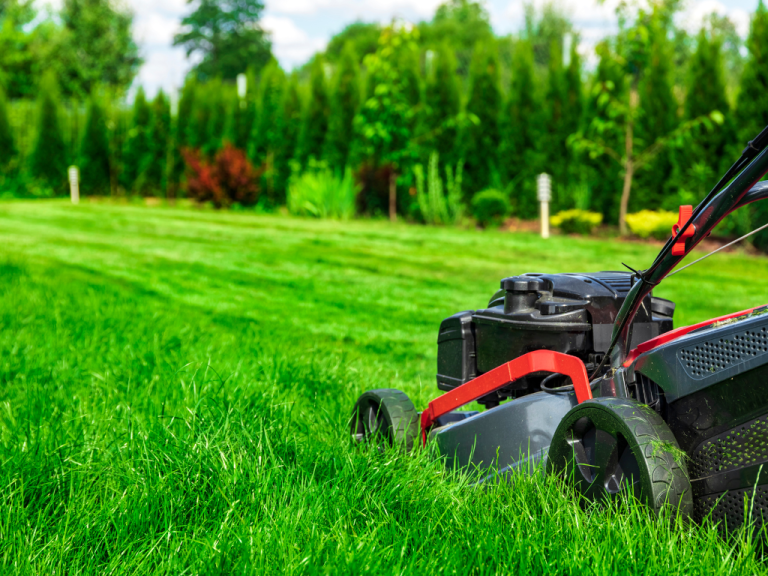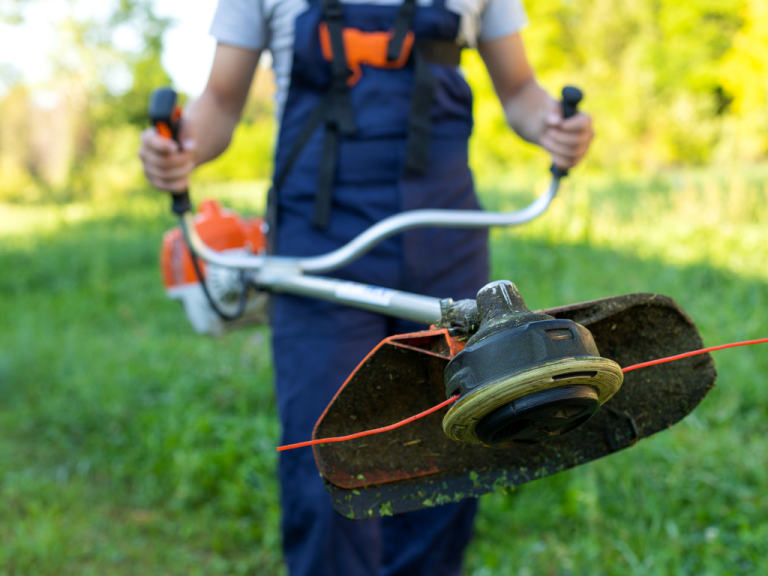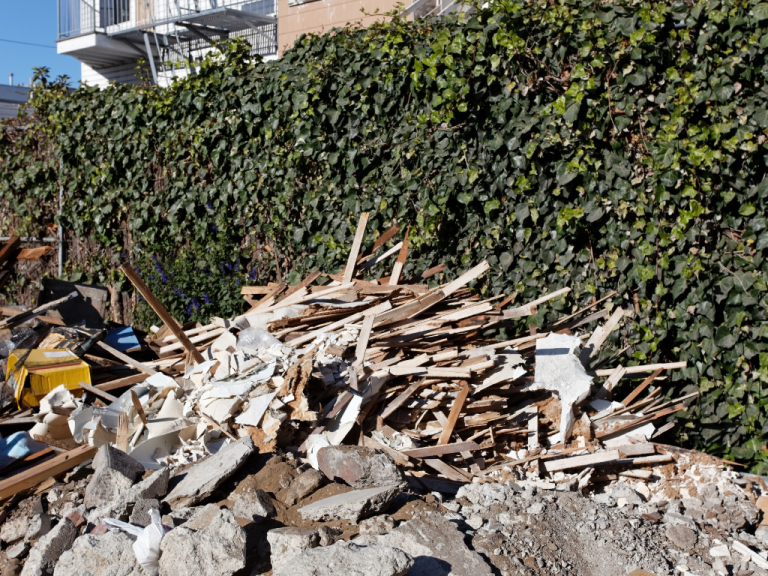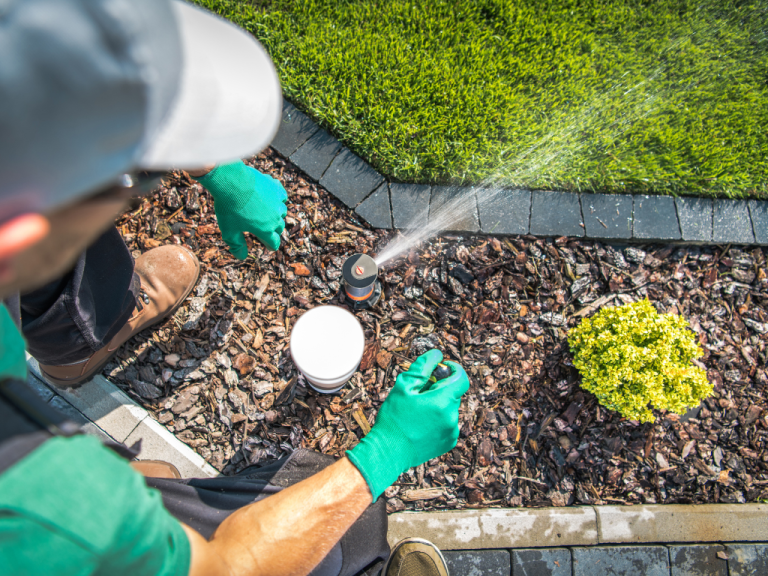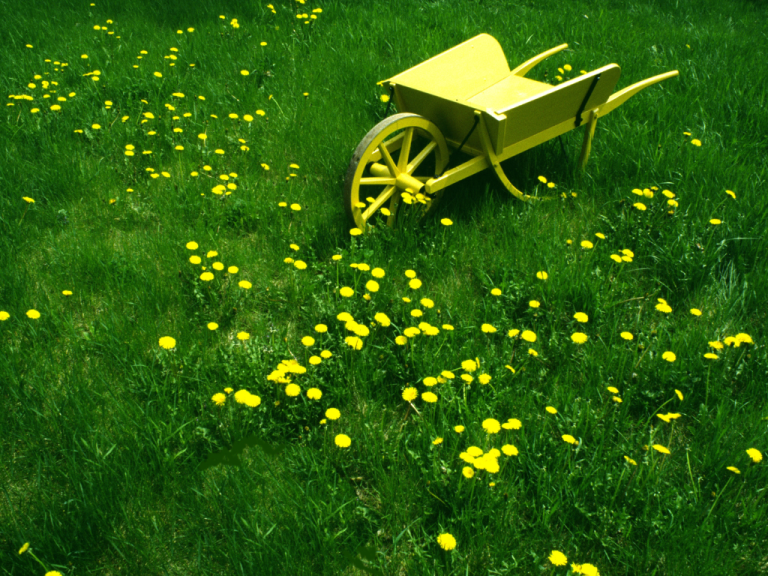Tips for managing an overgrown lawn

If you’re a homeowner who’s taken a holiday for longer than a few weeks, or the weather has been too hot or too wet to attend to your garden, you may be familiar with that daunting realisation that your lawn has turned into an urban jungle!
Pushing a mower over long grass can be difficult and at times impossible. So how should you approach taming your buffalo, couch or other such grass once it’s reached peak height? Let’s take a look!
The importance of mowing your lawn
If you’ve ever mowed an overgrown lawn, you’ll be familiar with the yellow patches left behind once the long grass has been cut away. There may even be a few bugs hidden in the roots!
The best way to avoid this yellowy tinge and creepy-crawly infestation is to mow regularly, as doing so enables the grass to achieve photosynthesis by receiving the nutrients it needs to grow strong and healthy. It also removes the appeal from unwanted insects and animals – especially snakes that will want to take up residence in your yard.
Mowing regularly also means you can spot any fungal diseases or lawn issues early on, so keep that mower on standby – especially in the warmer months!
How to mow an overgrown lawn
There are a few things you’ll need to consider before priming up the mower to begin cutting back your overgrown grass.
Weather
Avoid mowing in the rain. This is especially important if you have an electric mower that requires a cable and extension cord; this is dangerous due to the chance of electric currents being affected by water.
Avoid mowing in the rain. This is especially important if you have an electric mower that requires a cable and extension cord; this is dangerous due to the chance of electric currents being affected by water.
Remove debris from your lawn prior to mowing
We’ve all had a small stone or piece of bark flick up at us through the angry blades of the lawn mower while cutting back the lawn. To avoid this, thoroughly inspect your lawn prior to mowing to remove any potential problems such as rocks, tree branches, or children’s toys. Check for pests such as spiders, snakes and nesting birds while you’re at it, too.
Cutting long grass
If your grass is well above knee-height, I’m sorry to say that a mower just ain’t gonna work!
Grab your whipper snipper or similar cutting tool to cut back the grass to a more manageable level, dispose of the long grass by collecting with a rake and placing in the bin, then give it a go with your mower.
Remember, your grass hasn’t been cut in a while and is at risk of having been deprived of the nutrients it needs to survive, so don’t cut it too short to begin with. Cut to 50% of its height, then return a few days later to cut it to your desired height.
Fertiliser and water
Once you’ve mowed your lawn the second time, you can fertilise it to help encourage growth by providing it with the nutrients it needs to stay strong. If you’ve been short on rain recently, also give your lawn a good watering.
Schedule your next lawn mow
Ok! Now that your lawn is back to its beautiful kempt self, schedule in your next mow. Creating a regular routine for when your lawn will be mowed helps to minimise bug infestation, diseases, and promotes healthy growth.
I would suggest starting with a fortnightly or monthly mow, depending on the rate of growth, and if you’re planning to use a weed killer, ensure you read the label carefully, as best results are typically achieved one week before and after a mow.
If you’ve been looking for a home with gorgeous garden potential but you’ve not had any luck, it’s time to call Kitty & Miles! Whatever your buying needs, our Australian buyers agency can help. Give us a call on (02) 8916 6172 or email our team at support@kittyandmiles.com.au and we’ll be happy to help!



